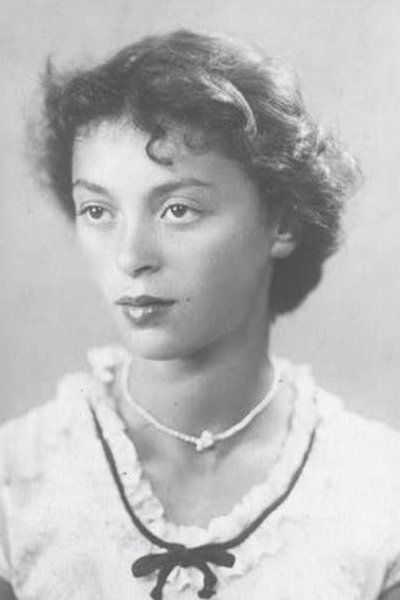Russia at war
When the ‘red’ Bolsheviks seize power in Russia after the 1917 revolution, they not only try to quell domestic resistance by launching a ruthless war against the more democratically minded ‘white’ Mensheviks. They also try to gain a foothold in Finland and the Baltic States.
Although they are successful in Russia itself and manage to transform the country into a one-party state, their meddling in the small neighboring states comes to nothing. The three Baltic states will not be incorporated until the late 1930s as a result of an agreement with Germany.
Meanwhile, a communist dictatorship is established domestically, which becomes increasingly repressive under Joseph Stalin. Large numbers of alleged opponents of the regime are put to work under inhumane conditions in camps in Siberia (the Gulag). In Ukraine, one of the republics belonging to the Soviet Union, a controversial land reform leads to a dramatic famine.

